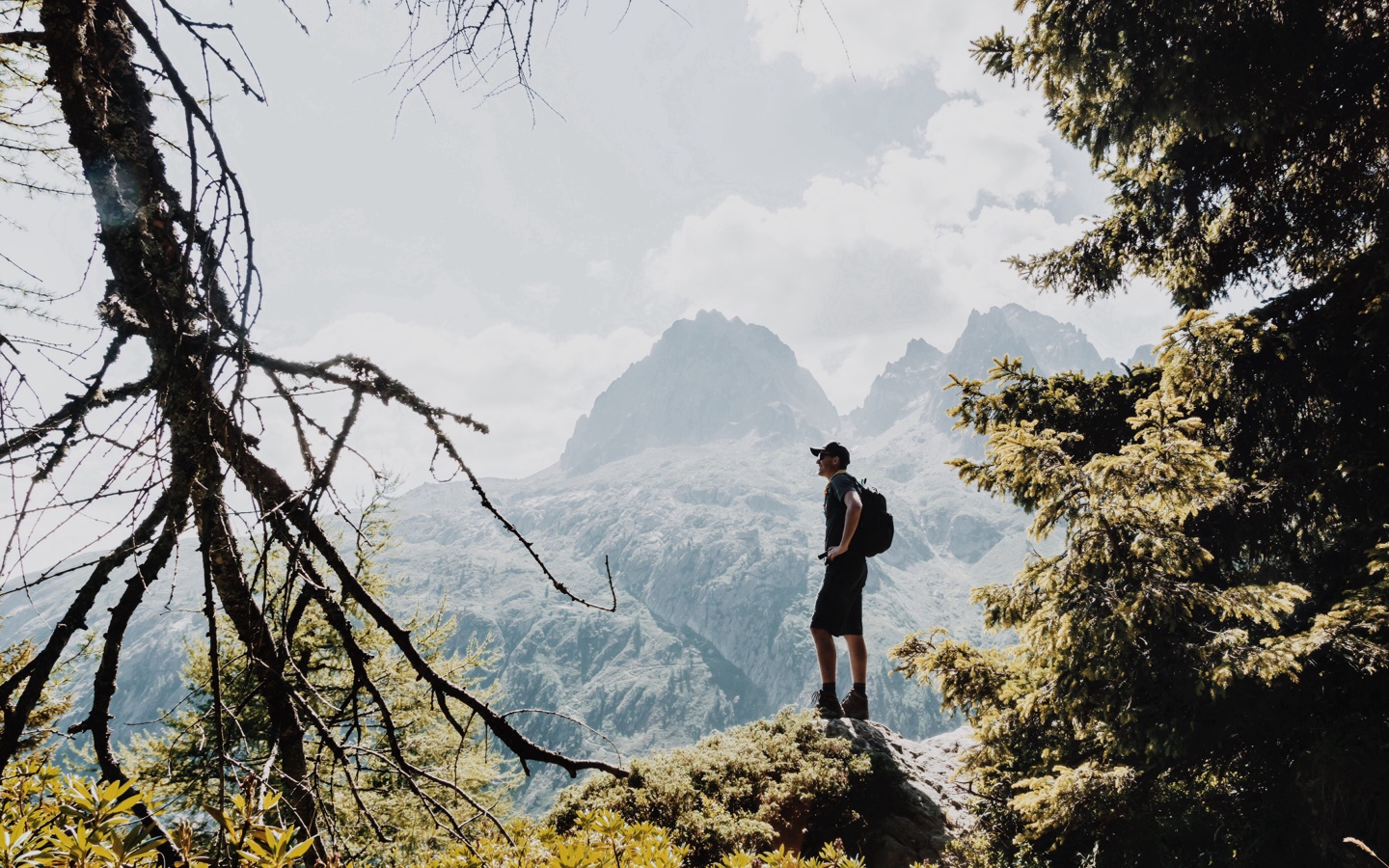As the climate crisis worsens, many of us are experiencing high levels of stress, shock, and grief. Here are six forms of eco-therapy that can help.
Climate anxiety is a term increasingly used in environmental conversations that refers to the fear of the future of the planet. While academic research linking mental health and climate change is limited, it’s important to acknowledge its existential threat to our physical and mental health. Green therapy, or eco-therapy, refers to a practice that originates from people being a part of the web of life. Developed by Theodore Rozask, green therapy looks into the relationship humans have with nature. Earth-based connections can create harmonious relationships for many individuals and planetary health. This practice emphasizes that humans are a part of the greater ecosystem.
Participants who practice eco-therapy primarily do outdoor activities in nature as a form of self-care or therapy. Whether it be walking in a natural space, listening to music in a green area, or other outdoor activities, studies have noted that people who participate in nature activities have reduced levels of stress and anxiety. While Eco-therapy is broad, it provides alternative forms that people feel the most comfortable participating in such as hiking, running, or gardening. Here are a few forms of green therapy you should know about.
#1 — Animal Assisted Therapy
This practice looks into the relationships between animals and humans as

#2 — Forest Bathing
Originating in Japan in the 1980s, this practice, known as
#3 — Wilderness Based Therapy
If you are looking for more of a challenge while connecting with nature, wilderness-based therapy may be your opportunity to improve your outdoor skills. Wilderness based therapy uses adventure experiences provided by mental health professionals to challenge people to actively use their brain, adjust their behavior, and increase their creativity. These practices are generally done in groups so you’ll be able to connect with peers and build each other’s

#4 — Horticultural Therapy
Gardening allows participants to gain new skills and value their relationship with the soil. Gardening has been shown to improve memory, cognitive abilities, task initiation, language skills, and task organization. These practices are designed for people to learn about plant selection, planting, and caring for their plants. Although many of us may not have access to gardens in our own homes, you can either look for your local community garden, ask a neighbor, or cultivate a mini one in your home.
#5 — Conservation Activities
Studies have suggested that those who struggle with their mental well-being be encouraged to participate in restoring ecosystems within their cities. Conservation projects range from tree planting to cleaning up local rivers or picking up trash. Participating in conservation-related projects helps create a sense of purpose and hopefulness for the future of planetary health. The Wildlife Trust’s conservation efforts offer volunteering opportunities for people wanting to reduce their anxiety and spend more time outdoors

#6 — Sound Mapping
While it is not considered a form of green therapy, sound mapping is an emerging activity that is generally done in environmental education programs. Participating is simple — all you need to do is go outside with a piece of paper and pencil, close your eyes, and listen closely to your surrounding environment. Whether it be the wind blowing in a certain direction, birds chirping, or the rattling of bushes, you can mark where you felt you heard those sounds on your map to
Finding forms of green therapy should be affordable and accessible to you, so make sure to choose the one that really makes you feel connected. Supporting the planet requires an investment in your physical and mental health first. Always remember that nature heals.

Shop Pillows
The Essential Organic Pillow Collection
Gentle, breathable, non-toxic support.






